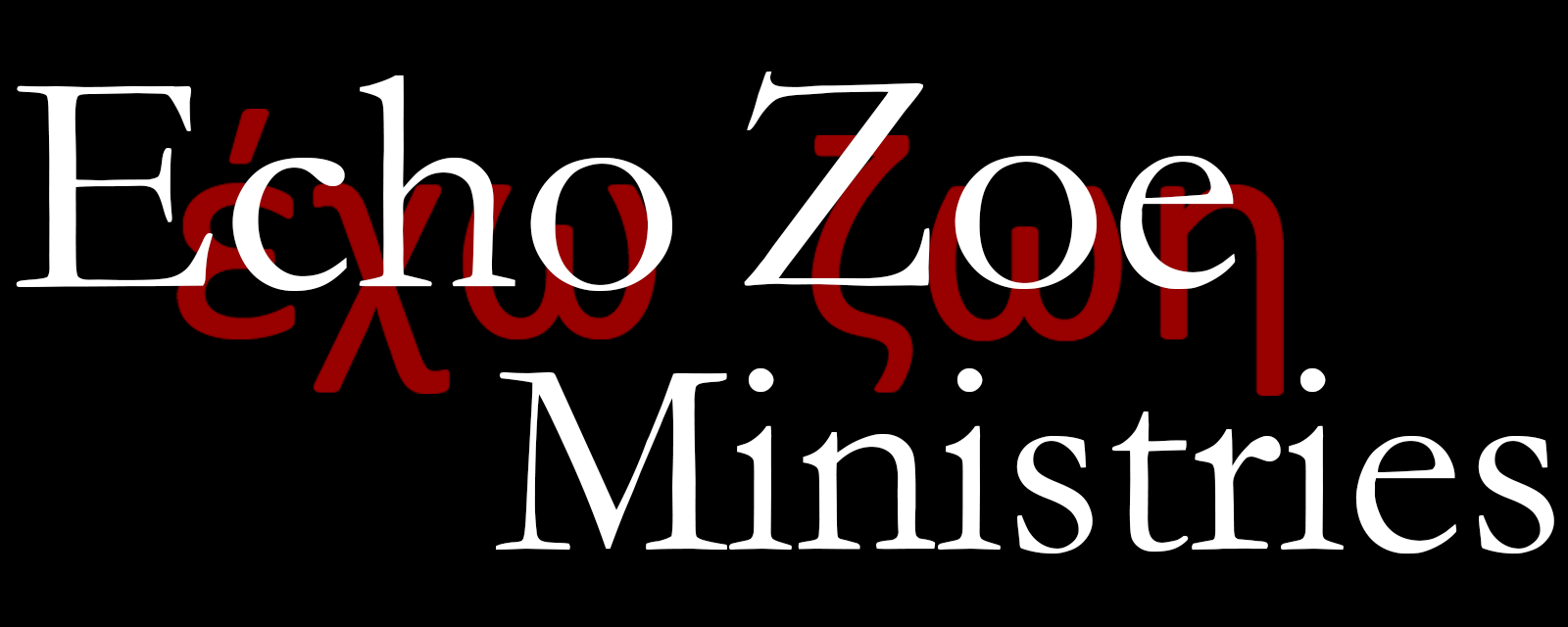Kofi Adu-Boahen returns for his sixth episode to talk about Genesis 1-11. Kofi is pastor of Redeemer Bible Fellowship in Medford, Oregon. He’s been preaching through Genesis, and is here to talk about the Creation, the Fall, The Flood, and a little about Babel.
Podcast: Play in new window | Download (Duration: 1:21:30 — 74.9MB)
Subscribe: RSS
Outline of the Discussion
- Genesis 1-11 are foundational to the understanding of the rest of the Bible.
- Genesis 1-11 breaks down to four key events:
- The Creation (ch. 1-2)
- The Fall and it's effects (ch. 3-5)
- The Flood and it's effects (ch. 6-10)
- The Tower of Babel (ch. 11:1-9)
- During the six days of Creation, we see that God spends the first three days creating the form and space of the universe, and the last three days filling it.
- The seven day creation week is a pattern that later comes up in the Ten Commandments. God worked six days and rested on the seventh, so Man is to work six days and rest on the seventh .
- Genesis 2 sets the standard for marriage.
- Two areas where the Bible is quiet, but we speculate: When were the angels created? And how much time elapsed between the Creation and the Fall?
- The Fall: “The Fall” is an unfortunate term because it wasn't a fall, it was a big heaping crash!
- There were three aspects to temptation in Genesis 3: an appeal to the flesh (it's good to eat,) appeal to the eyes (it looks good,) and appeal to pride (obtaining wisdom.)
- These three aspects of temptation come up again with the Temptations of Christ. First, an appeal to the flesh (turn stones into bread to eat.) Second, an appeal to the eyes (throw yourself off the Temple, the angels will save you, and everyone will see it.) Third, an appeal to pride (He can have all of the kingdoms of the world if he will worship Satan.)
- The temptations we face all fall into these three categories. What changes is the mode of operation of the temptations.
- Immediately upon eating the forbidden fruit, the consequences of their sin set in. They knew they were naked.
- God comes back to the garden and asks “where are you?” This is not a geographical question, but rather a spiritual question. ‘How did this happen?'
- In the curse of the serpent, we see the proto-euangelion; the first glimpse of the Gospel.
- Beginning with Genesis 4, we see the aftermath of the Fall.
- God accepts Abel's sacrifice, and rejects Cain's. Cain responds by killing Abel.
- Genealogies, including the one in Genesis 5, are in the Bible for a reason. There is much to learn from them.
- Getting into Genesis 6, we encounter the Nephilim. There are many views as to what's going on in Genesis 6, which says:
“The Nephilim were on the earth in those days, and also afterward, when the sons of God came in to the daughters of man and they bore children to them. These were the mighty men who were of old, the men of renown.” – Genesis 6:4
Kofi takes the view that the Nephilim were the offspring of human beings possessed by demons (“sons of God” is a term referring to angelic beings.) Another view is that somehow the demons themselves were capable of procreating with women and bearing offspring. - We believe the Flood was Global. The promise symbolized in the rainbow precludes it being a local flood.
- The sin of Ham (Genesis 9:20-23) led to the cursing of his son Canaan, which set the stage for what we see later, as the nation of Israel comes into the land of Canaan and is commanded to wipe out the Canaanites.
- In Genesis 11, we have the dispersal after Babel, which sets the stage for the reversal at Pentecost.
Scriptures Referenced
- Genesis 1-11
- Ephesians 5:22-33
- 1 John 2:15-16
Additional Resources
- Foundations – Youtube playlist of Kofi's sermons.




